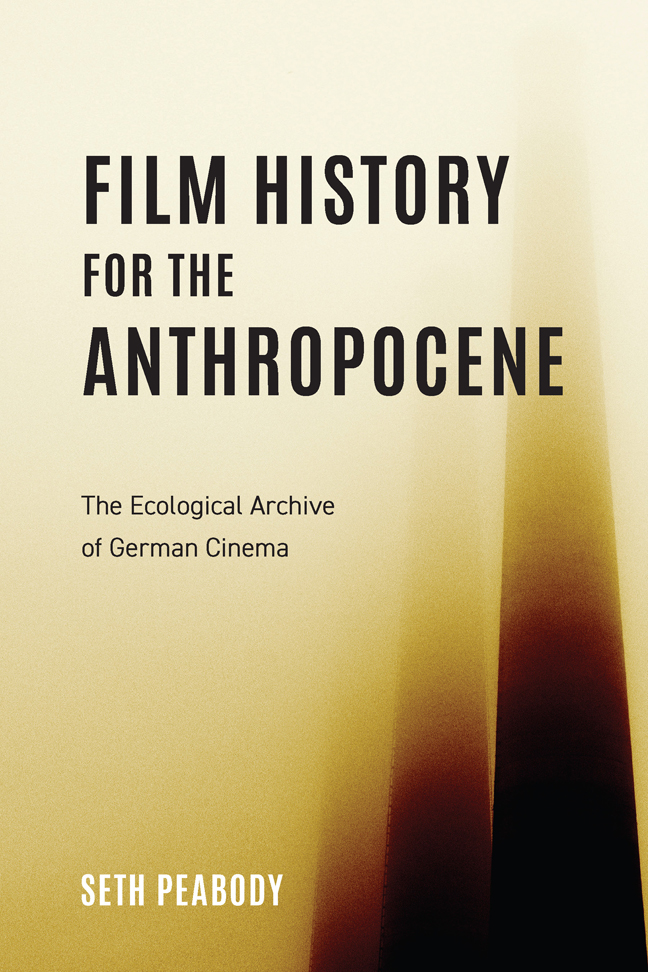4 - Image, Environment, Infrastructure: The Social Ecologies of the Bergfilm
Published online by Cambridge University Press: 21 February 2024
Summary
And what has become of our beautiful skiing? A little bit of a circus! … I did not want to call people to this modern mass enterprise of artificially prepared slopes, to this “get to the bottom as quickly and easily as possible”; that, at any rate, was not what I wanted to communicate to people back then.
Alpine skiing was not a sport that was once in tune with nature and later became alienated from it by speed and sport; its transformation reflects an ideology in flux.
The German Mountain Film or Bergfilm has been a case for debate since director Arnold Fanck pioneered the genre in the 1920s. The films have been lambasted for displaying proto-fascist sentiments and for serving as the starting point for Leni Riefenstahl, several of her favored camera operators, and possibly the aesthetic approach that would define the most prominent works of filmic propaganda in Nazi Germany. They have been celebrated as pathbreaking works of nature documentary that set spectacular remote environments into motion and made them accessible for a mass audience. More recently, they have been analyzed as complex and contradictory works within the intellectual, social, and cinematic history of Weimar Germany. In all of these discussions, the genre's eponymous Berg has remained remarkably flat and static. Critics have repeated claims that the mountain emerges as a main character or actor in the films, but unlike for any other actor in the genre, the history of the mountain beyond the scope of the film has been unworthy of interest. This oversight is worth addressing, given that the mountains themselves, not only the film industry and the social-political context, were developing rapidly. How were the mountains changing during the era in which the mountain films flourished? What role did the films play in these changes?
This chapter argues that German mountain films, especially in their brief heyday starting one century ago, served as a creative catalyst for the development of Alpine tourist infrastructure. Filmic aesthetics imaginatively amplified and accelerated developments in Alpine tourism infrastructure that had been underway for decades. The social ecology model of environmental history provides a framework for considering the interplay between nature and culture: while these two fields are inseparable from each other, social change must be impacted through acts of communication, whereas changes to the physical environment require physical forces.
- Type
- Chapter
- Information
- Film History for the AnthropoceneThe Ecological Archive of German Cinema, pp. 116 - 138Publisher: Boydell & BrewerPrint publication year: 2023



